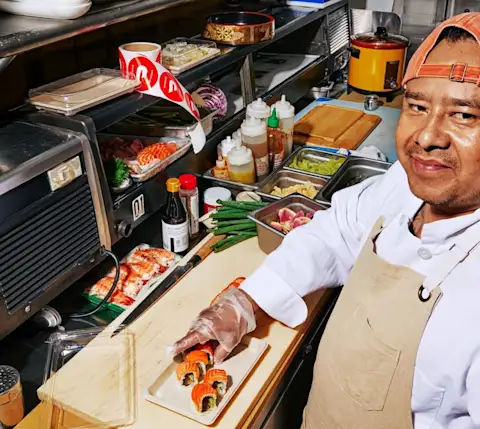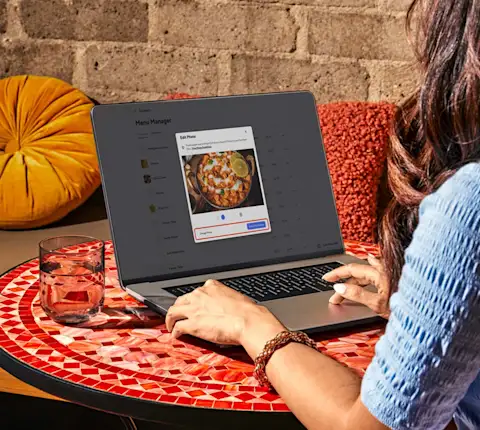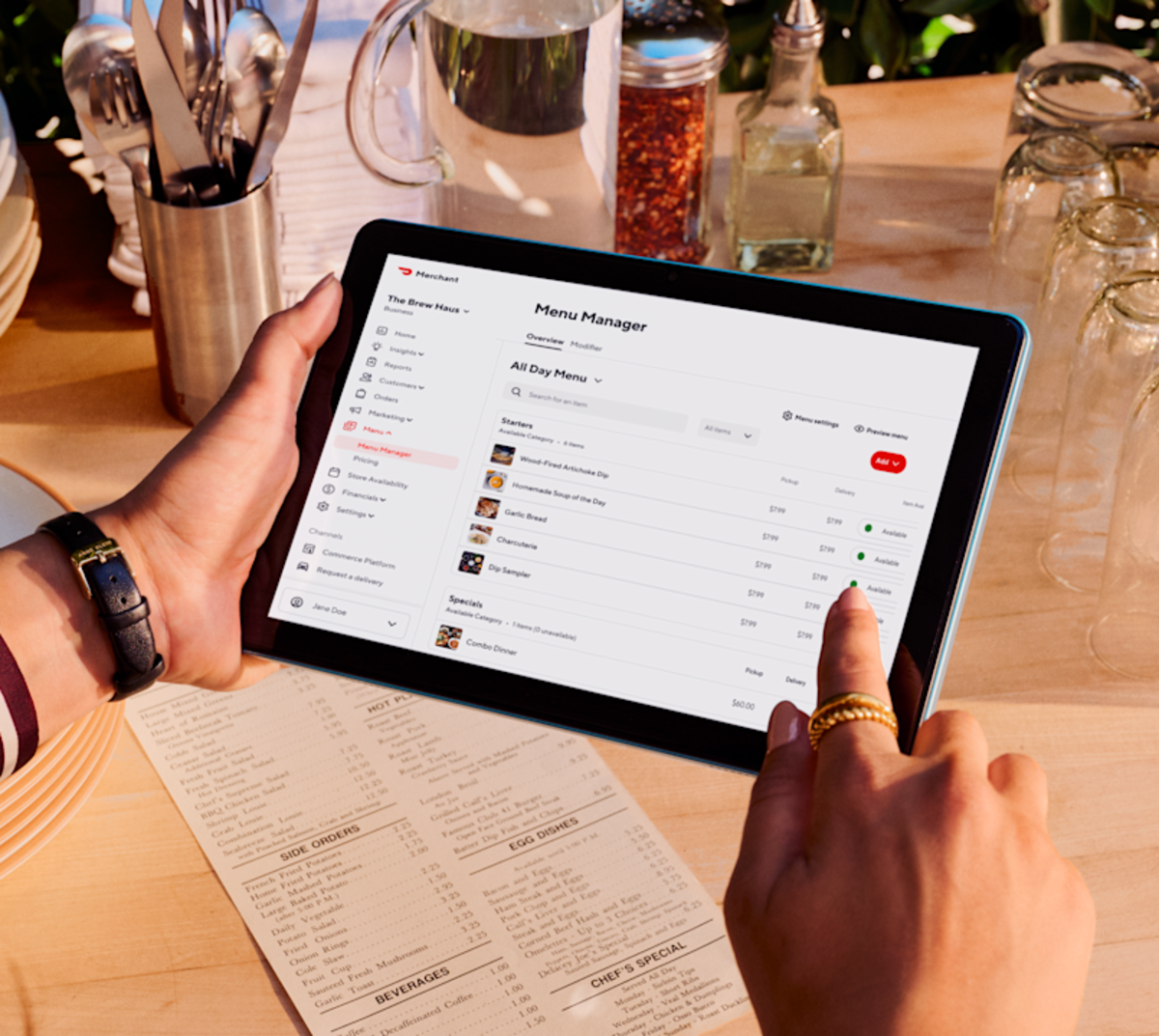Your menu drives your restaurant’s success — and understanding your food cost percentage is key to managing profits and pricing your dishes strategically.
By tracking how much you spend on ingredients compared to what you earn from menu sales, you can identify which dishes drive your margins and where to make adjustments.
In this guide, you’ll learn how to calculate food cost percentage, price your menu strategically, and use these insights to boost profits and efficiency.
What is food cost percentage?
Food cost percentage measures the cost of the ingredients used to prepare your dishes as a percentage of your total sales.
For example, if your restaurant has a food cost percentage of 30%, it means you spend about 30 cents on ingredients for every dollar in revenue.
You can calculate food cost percentage for your entire restaurant, a single location, or even a category of item. Most restaurants aim for a range between food cost percentage between 28 and 35%, but this varies depending on a number of factors including the cuisine, pricing, and restaurant location.

Why is a food cost formula important?
A good food cost percentage formula is a key way to improve your restaurant profit margin. If the food cost percentage for a particular item on the menu is found to be too high, you might:
Adjust the recipe to use lower cost ingredients (so long as you don’t sacrifice taste and quality).
Raise the menu price.
Remove or re-engineer the item entirely.
If a menu item has a low food cost percentage, you can focus on encouraging more sales of it to boost profits. And before launching a new menu item, calculating your food cost percentage will help you determine whether its juice is worth the squeeze.
How to calculate food cost percentage
Many restaurants automatically calculate their food cost percentage with their point of sale system and inventory management software. Calculating your food cost percentage by hand needs more time and effort, but can be done if you have accurate records.
Total food cost formula
Food cost percentage should be measured over a specific period of time, so when using this formula, use the same time range for each of the variables.

Total Cost of Goods Sold
You can calculate the total Cost of Goods Sold by taking the value of your existing inventory at the beginning of the time period, adding the cost of any new inventory purchases during that period, then subtracting the value of your inventory at the end of that period.

Food cost formula for an individual menu item
To calculate the food cost percentage of a specific menu item, use the following formula:

This food cost percentage formula means you list each ingredient and its cost (including garnishes), and then determine how much of that ingredient goes into each serving, to calculate the cost.
How to price your menu based on food cost percentage
While there are several menu pricing strategies to help profitability, one approach is to use your food cost percentage to determine menu prices. For example, if a burger costs $3 in ingredients, and your target food cost percentage is 30%, then you should charge customers about $10 for that burger.
When pricing, consider:
Competitor pricing: Know what nearby restaurants charge.
Labor and overhead: Account for prep time, staff, and equipment.
Customer perception: Keep pricing aligned with your brand and experience level.
Balancing these factors helps you stay competitive while protecting your margins.
How do I use my food cost percentage?
Once you know what your food cost percentage is and how to calculate it, here are some ways you can use it to drive profits for your restaurant.
Engineer your menu
Break down costs for your dishes and categorize menu items by how profitable and popular they are. Then redesign your menu with these insights, including writing new menu descriptions and using visual cues to drive sales of higher-margin items.
Reduce food waste
The restaurant industry adds enormous amounts of food waste to landfills each year. But restaurant owners can take a number of steps to reduce food waste — including better managing inventory, finding creative ways to use surplus food, or running limited-time specials. These strategies will not only lower your food costs, but they'll also help the planet.
Research lower-cost suppliers
Restaurant suppliers appreciate loyalty, but it might make sense to find options from cheaper suppliers if you feel you're being charged too much for raw materials. You can also talk to your current suppliers about renegotiating your rates.
Right-size your portions
Are your customers always taking home leftovers, or finishing their meals with food left on their plate? If so, consider offering smaller portions. You'll reduce waste and also save money on inventory.
Invest in technology
It's tricky to stay on top of all the numbers on your own. But using the right tools — like the DoorDash Merchant Portal, which provides DoorDash partners with valuable sales and customer insights — can quickly and easily give you access to the data you need.

"Because of food media, a lot of people think chefs just hang out, they're just creative in the kitchen, and they're having fun, eating and drinking. There's a lot of behind the scenes work that needs to be done. We have really small profit margins, so you really have to be diligent about your food costs, labor costs, and rent costs."
Your food cost percentage is an important tool
By watching your food cost percentage, you can control your bottom line and gain new opportunities to expand your business. Get more tips on how to review and adjust your menu pricing to increase profitability.



